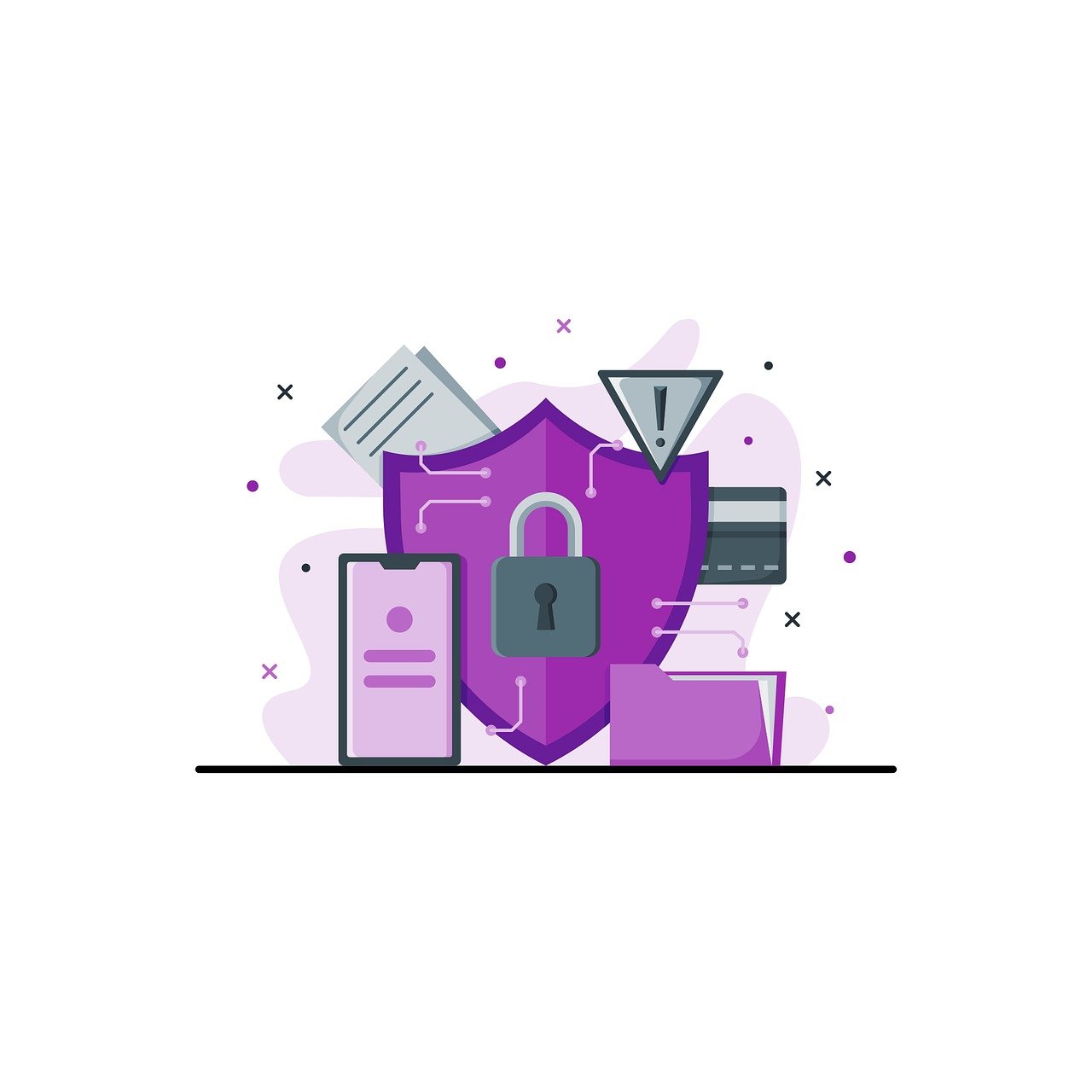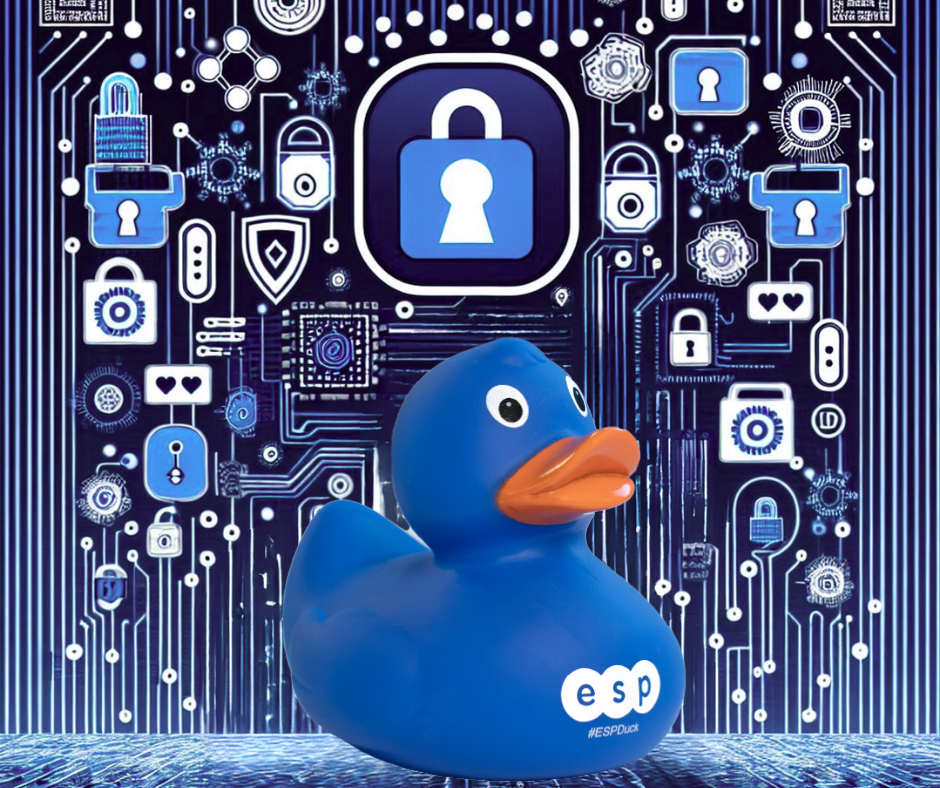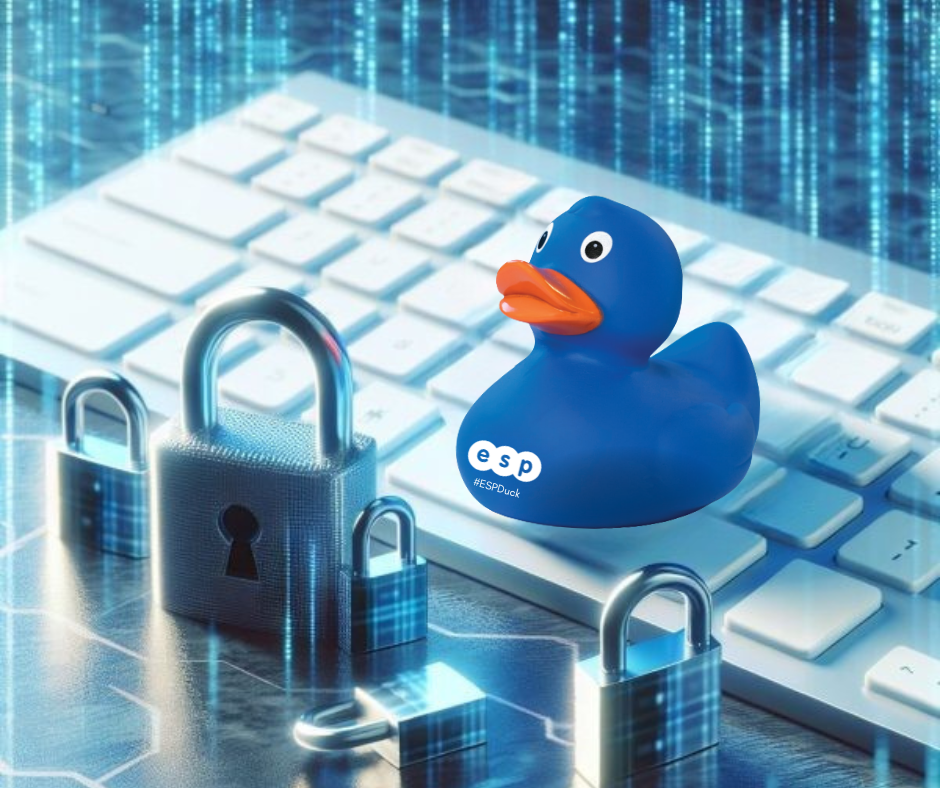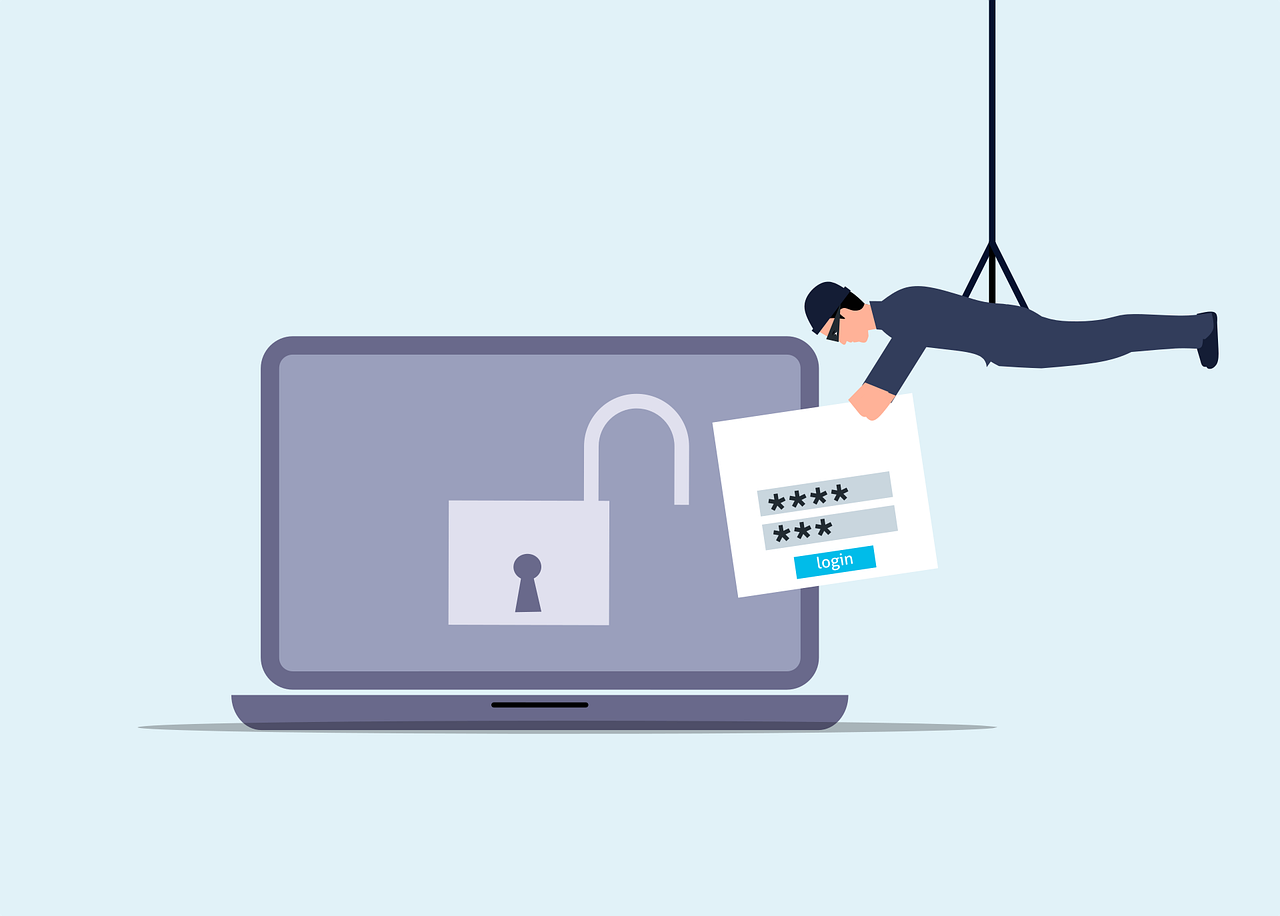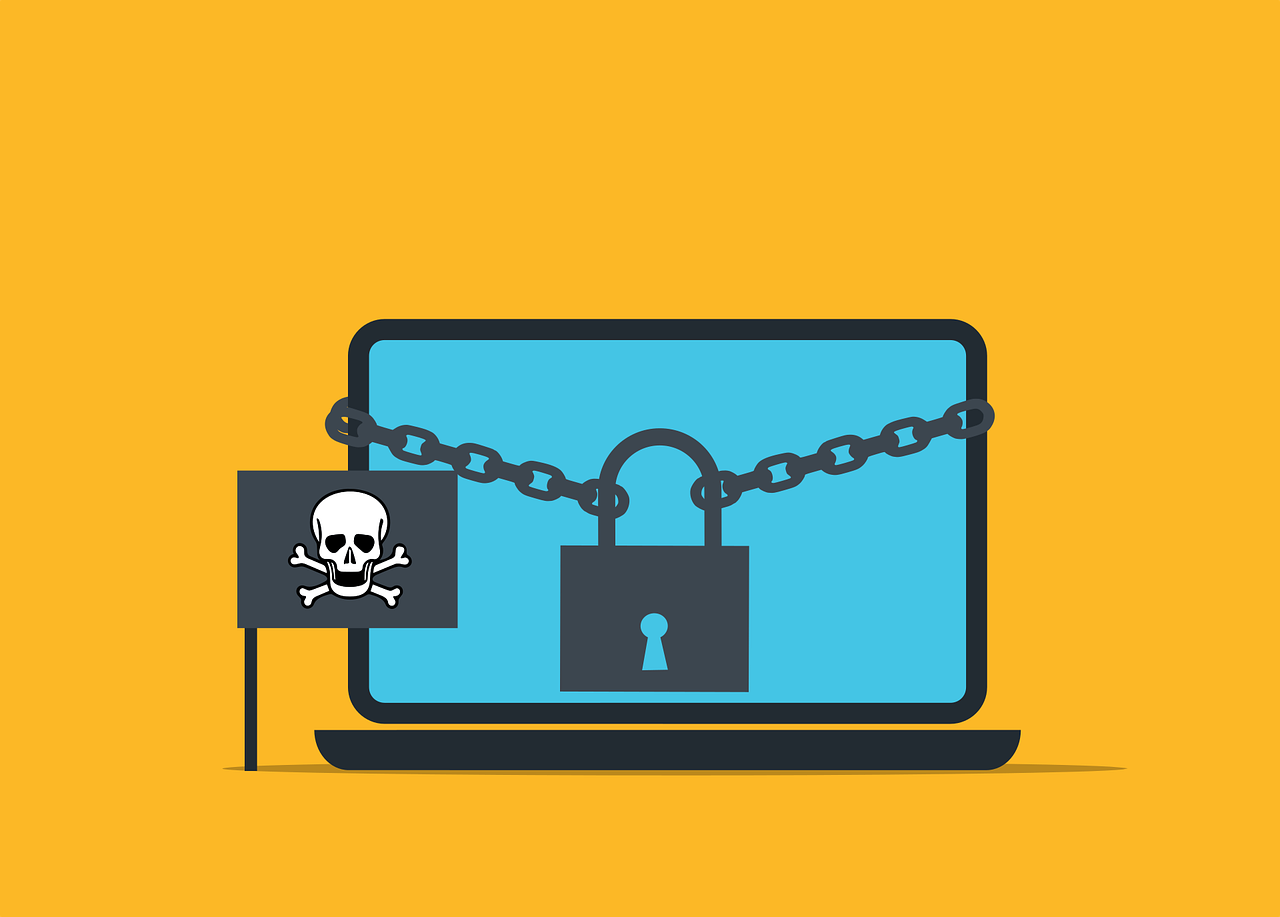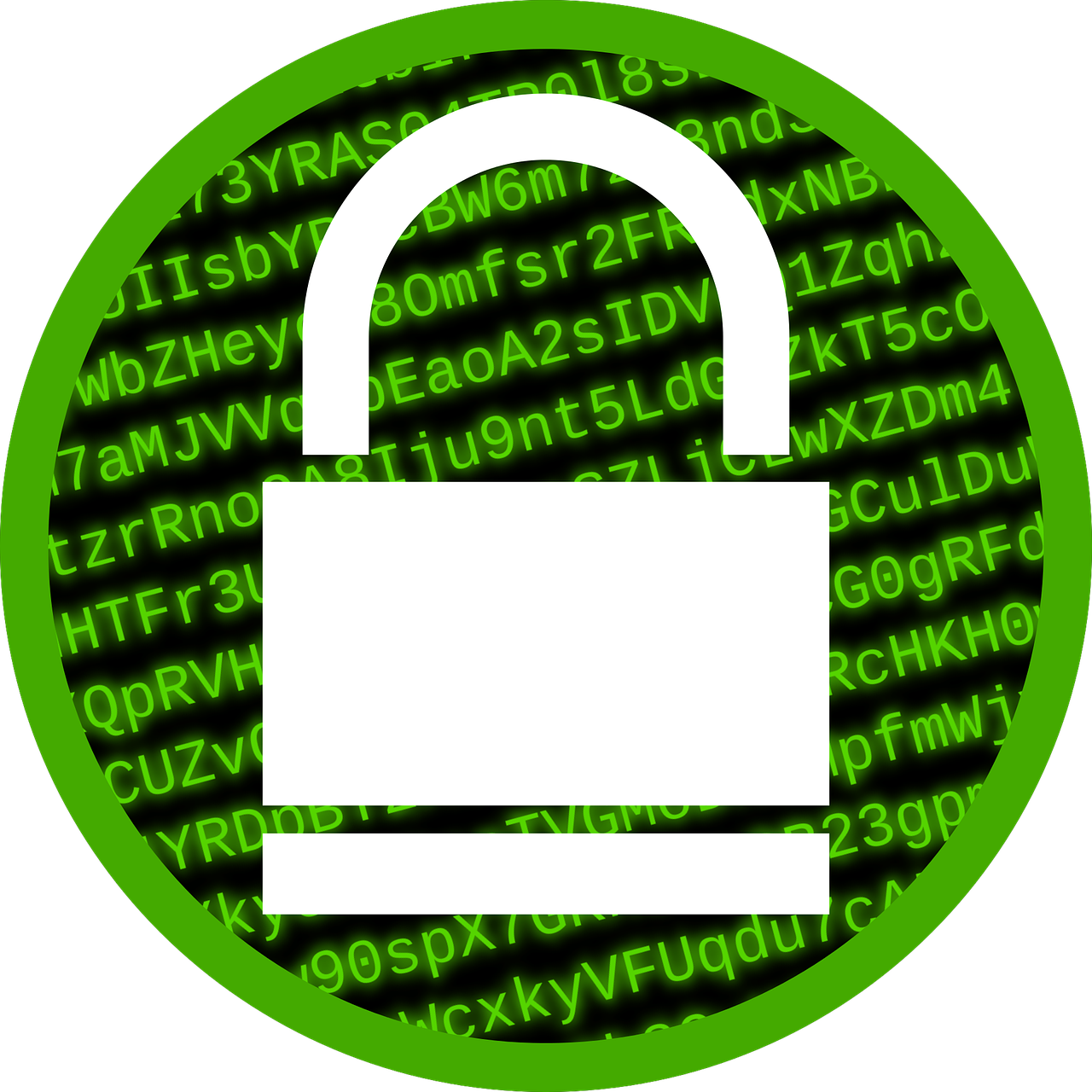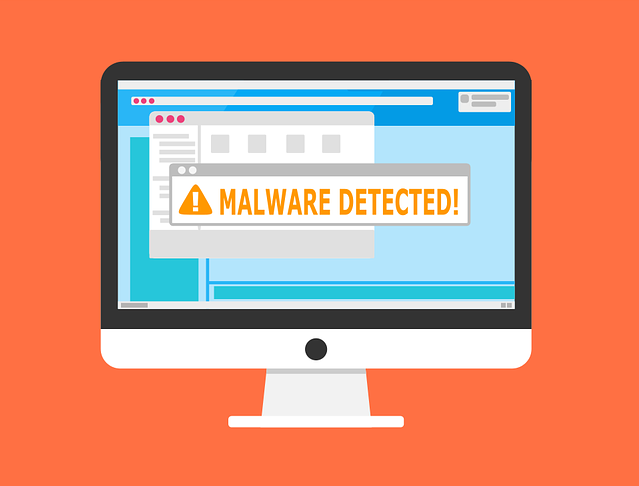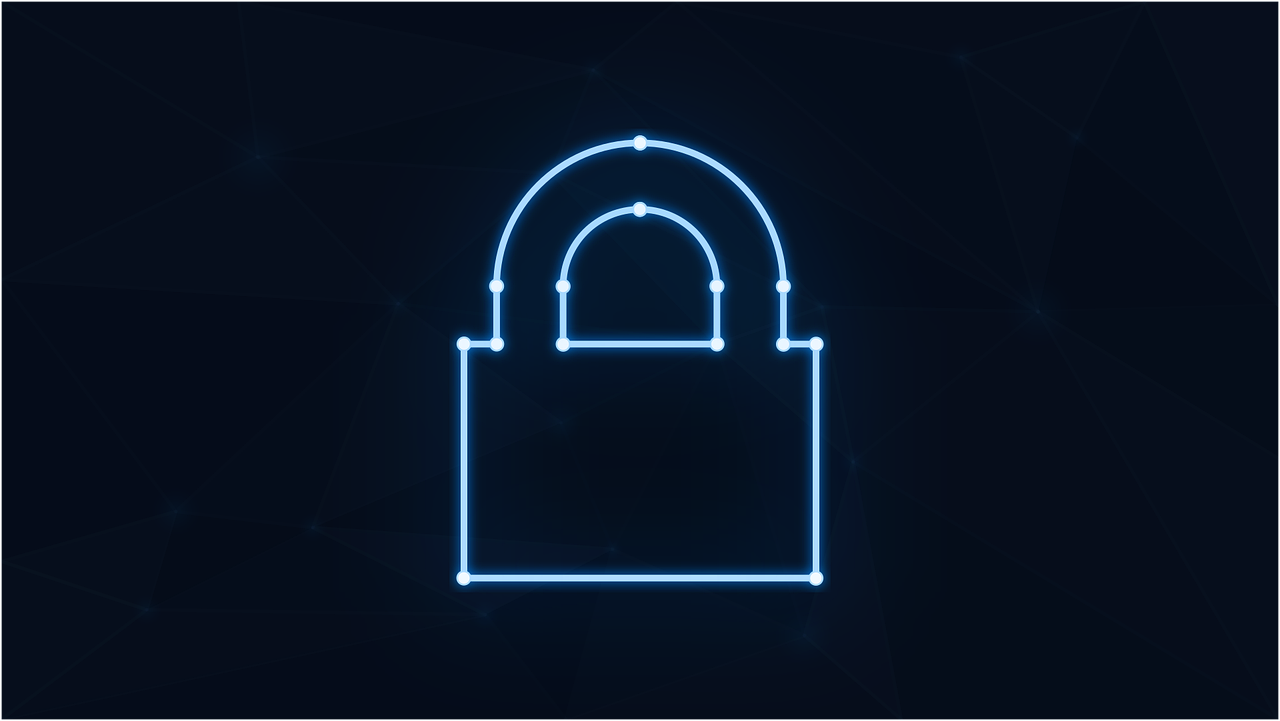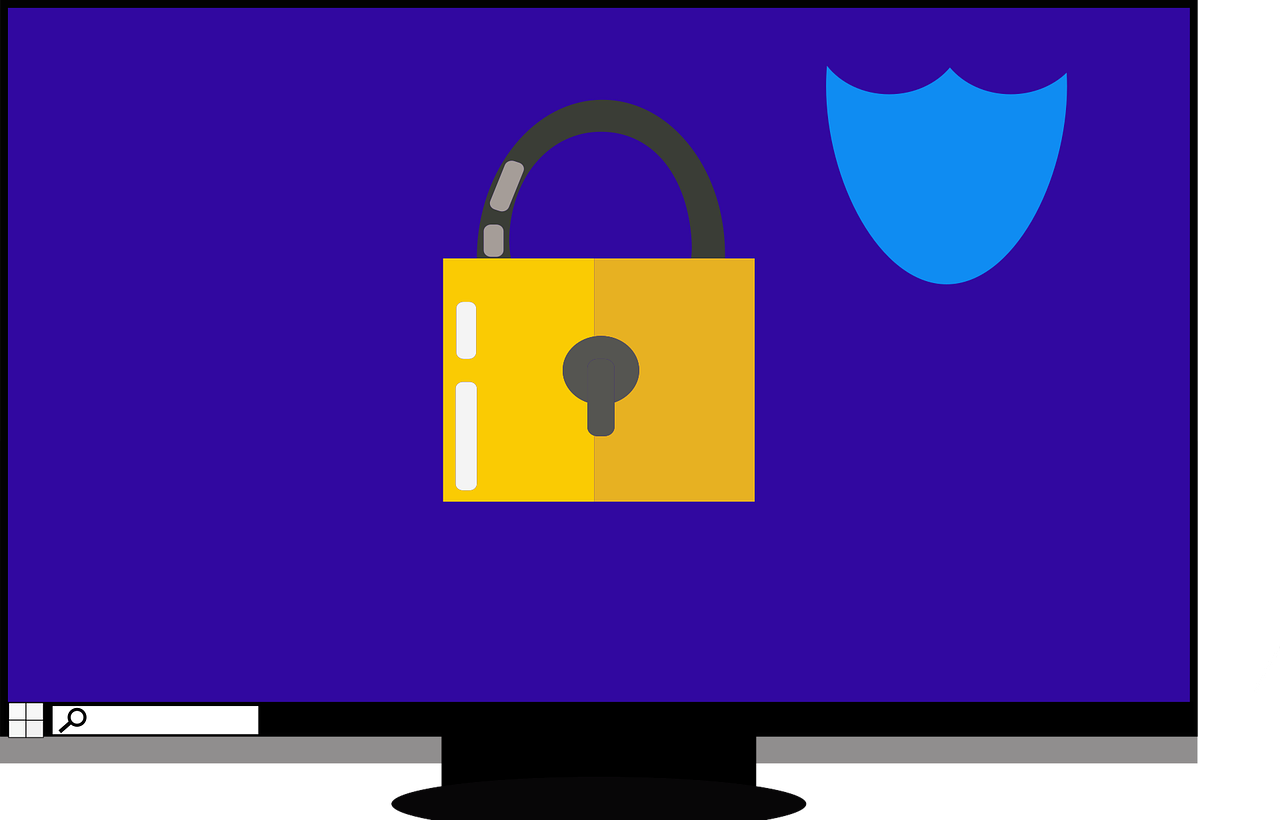-

-
-
-
1
-
-
-
Donna Aplin
The digital age has made our lives easier than ever, but it has also made it easier for hackers to take advantage of our online weaknesses. Hackers are getting smarter and using more creative ways to get into people’s personal and business accounts. It’s easy to think of weak passwords and phishing emails as the biggest threats, but hackers also use a lot of other, less well-known methods to get into accounts. This post will talk about seven surprising ways hackers can get into your accounts and how you can keep yourself safe.
-
-
-
-

-
-
-
0
-
-
-
Donna Aplin
Malware is a huge threat in the digital world. It can cause a lot of damage and cost people a lot of money. As technology advances, so do the tactics used by cybercriminals. In this article, we will explore some of the newest and trickiest types of malware.
7 Malware Threats to Watch Out For
Malware keeps getting more complex and harder to detect. Here are seven new and tricky types of malware that you should know about:
-
-
-
-

-
-
-
0
-
-
-
Donna Aplin
Small and medium-sized enterprises (SMEs) might assume they’re not attractive targets for cybercriminals. However, the reality is that SMEs are increasingly targeted because they often lack the robust defences of larger organisations.
In this edition of ESP Projects Tech Talk, we’re offering insights to help you foster a cyber security culture within your teams.
-
-
-
-

-
-
-
7
-
-
-
Donna Aplin
In an increasingly interconnected and digital world, cyber security has become a paramount concern for businesses of all sizes and industries. Cyber criminals are constantly evolving their tactics, making it essential for organisations to bolster their defences. One effective strategy to protect against common cyber threats and enhance your business’s security posture is by obtaining Cyber Essentials Certification. In this blog, ESP Projects will explore what Cyber Essentials is and how it can strengthen your business’s cyber security foundation.
-
-
-
-

-
-
-
3
-
-
-
Donna Aplin
Data breaches can harm your business. They can cost you money and trust. Let’s look at how to stop them from happening.
What is a data breach?
A data breach is when someone steals information. This can be names, emails, or credit card numbers. It’s bad for your customers and your business.
-
-
-
-

-
-
-
3
-
-
-
Donna Aplin
Malware is bad software that can hurt your computer or phone. It can also make your device run slow and steal your info.
Here is how you can spot hidden malware on your devices.
What is Malware?
The word “malware” is short for “malicious software.” It is a program that tries to harm your device or data. The most common types of malware are created by hackers looking to cause trouble.
-
-
-
-

-
-
-
4
-
-
-
Donna Aplin
Ransomware has now become a big problem for many people and businesses. It can lock up your files and make you pay money to get them back. This article will show how one can protect themselves from ransomware and what to do in case of an attack.
-
-
-
-

-
-
-
29
-
-
-
Donna Aplin
When it happens, you feel powerless. You get an email or letter from a business saying someone breached your data. It happens all too often today.
Data breaches happen at banks, online sites like Facebook, and ecommerce stores. Not only that, but governments are also victims. This leaves things like your address, SSN, and credit card details exposed to thieves.
-
-
-
-

-
-
-
28
-
-
-
Donna Aplin
There are many types of malware. One of the most common is called “malvertising.” It crops up everywhere. Including social media sites and websites. You can also see these malicious ads on Google searches.
Two things are making malvertising even more dangerous. One is that hackers use AI to make it very believable. The other is that it’s on the rise, according to Malwarebytes. In the fall of 2023, malvertising increased by 42% (month over month).
-
-
-
-

-
-
-
28
-
-
-
Donna Aplin
Today’s businesses are no stranger to the word cybersecurity. They are facing a growing wave of cyberattacks. These come from ransomware to sophisticated phishing schemes. How do you stand ahead of these threats? A strong cybersecurity strategy is essential. One crucial component of this strategy is event logging. It’s one that not every business owner is aware of.
-
-
-
-

-
-
-
27
-
-
-
Donna Aplin
Imagine this: you leave your house for vacation. You live in a shady neighborhood but feel confident your locks are secure, but you also don’t checkthem daily. Are they really locked and safe? A tiny crack or hidden weakness could have occurred. It’s a disaster waiting to happen.
That’s the risk of neglecting continuous cybersecurity monitoring. Cyber threats are constantly evolving, and traditional security measures are no longer enough. Continuous monitoring acts as your vigilant digital guard. It’s constantly checking for weaknesses. It sounds the alarm before attackers exploit them.
-
-
-
-

-
-
-
27
-
-
-
Donna Aplin
Staying ahead of threats is a challenge for organisations of all sizes. Reported global security incidents grew between February and March of 2024. They increased by 69.8%. It’s important to use a structured approach to cybersecurity. This helps to protect your organisation.
-
-
-
-

-
-
-
27
-
-
-
Donna Aplin
Cyberattacks are a constant threat in today’s digital world. Phishing emails, malware downloads, and data breaches. They can cripple businesses and devastate personal lives.
Employee error is the reason many threats get introduced to a business network. A lack of cybersecurity awareness is generally the culprit. People don’t know any better, so they accidentally click a phishing link. They also create weak passwords, easy for hackers to breach.
-
-
-
-

-
-
-
27
-
-
-
Donna Aplin
Don’t Risk It!
Cyber threats are a perpetual reality for business owners. Hackers are constantly innovating. They devise new ways to exploit vulnerabilities in computer systems and networks.
For businesses of all sizes, a proactive approach to cybersecurity is essential. One of the most crucial elements of this approach is regular vulnerability assessments. A vulnerability assessment is a systematic process. It identifies and prioritises weaknesses in your IT infrastructure that attackers can exploit.
-
-
-
-

-
-
-
26
-
-
-
Donna Aplin
Zero Trust security is rapidly transforming the cybersecurity landscape. It moves away from traditional perimeter-based security models. In this approach, every connection attempt is continuously verified before granting resource access.
56% of global organisations say adopting Zero Trust is a “Top” or “High” priority.
-
-
-
-

-
-
-
26
-
-
-
Donna Aplin
Have you been hearing more about email authentication lately? There is a reason for that. It’s the prevalence of phishing as a major security threat. Phishing continues as the main cause of data breaches and security incidents. This has been the case for many years.
-
-
-
-

-
-
-
26
-
-
-
Donna Aplin
With cyber threats evolving at an alarming pace, staying ahead of the curve is crucial. It’s a must for safeguarding sensitive information. Data security threats are becoming more sophisticated and prevalent. The landscape must change to keep up. In 2024, we can expect exciting developments alongside persistent challenges.
Over 70% of business professionals say their data privacy efforts are worth it. And that their business receives “significant” or “very significant” benefits from those efforts.
-
-
-
-

-
-
-
26
-
-
-
Donna Aplin
Have you ever seen a video of your favorite celebrity saying something outrageous? Then later, you find out it was completely fabricated? Or perhaps you’ve received an urgent email seemingly from your boss. But something felt off.
Welcome to the world of deepfakes. This is a rapidly evolving technology that uses artificial intelligence (AI). It does this to create synthetic media, often in the form of videos or audio recordings. They can appear real but are actually manipulated.
-
-
-
-

-
-
-
26
-
-
-
Donna Aplin
Back when you were a kid, living in a “smart home” probably sounded futuristic. Something out of Back to the Future II or The Jetsons. Well, we don’t yet have flying cars, but we do have video telephones as well as smart refrigerators and voice-activated lights.
But even the most advanced technology can have analog problems. Hackers can get past weak passwords. Bad connections can turn advanced into basic pretty quickly.
-
-
-
-

-
-
-
26
-
-
-
Donna Aplin
We are living in an era dominated by digital connectivity. You can’t overstate the importance of cybersecurity. As technology advances, so do the threats that lurk in the online world.
Often, it’s our own actions that leave us most at risk of a cyberattack or online scam. Risky behaviors include weak passwords and lax security policies. As well as thinking “This won’t happen to me.” This is why human error is the cause of approximately 88% of data breaches.
-
-


